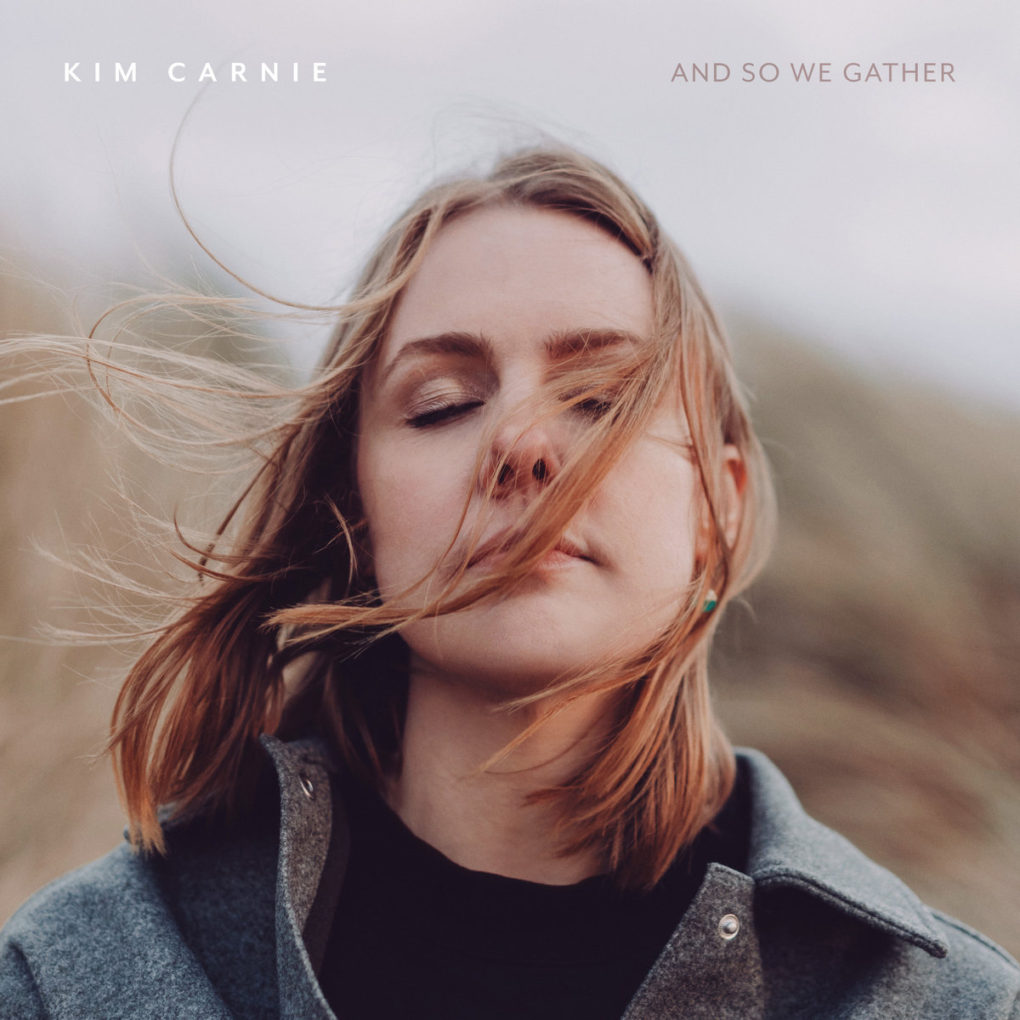On my first day of high school, we were given a tour of the building by one of the teachers. I don’t remember much from that tour – I was too busy trying to walk in a way that would convey casual yet intelligent disinterest – but one thing stood out: the school motto.
We paused in the school’s auditorium to look up at the school’s crest, which consisted mainly of a beaver sitting on a giant letter L, and the motto that sat beneath the L: Seas Gu Dìleas.
The tour guide announced the slogan proudly, pronouncing it in a way that sounded different from the way it was spelled. It sounded more like “shaws gah deal us.” Then, with a practiced grin, he asked us to guess what language it was.
A long silence followed, with several of us wanting to say “Latin” but nobody wanting to risk breaking the aura of casual yet intelligent disinterest that we’d been trying hard to cultivate for the past ten minutes.
Finally, just as someone started to raise their hand, the tour guide said, “It’s Gaelic! We are the only school in the whole city whose motto is in Gaelic. What do you think about that?” Unsure whether the question was rhetorical, and certainly not willing to consider speaking again, the group let out something between an exhale and a “hmm” and resumed the tour.
Scottish Gaelic came to Scotland from Ireland 1500 years ago, and evolved over the centuries to become different from Irish Gaelic. I won’t bore you with those differences, but if you like being bored by differences, you can learn about them here.
The dialect almost died out in the 1800s, when England decreed that only English would be taught in schools (who knew the English were as good at crushing British culture as they were at crushing global cultures?) but has experienced a revival in recent years, with the number of speakers creeping up to almost 90 000.
One of those speakers is Kim Carnie, whose recent LP And So We Gather is filled with beautiful songs sung in Scottish Gaelic. This one, whose title means “Hymn to the Night,” might be the most beautiful of them all.
What makes this a beautiful song:
1. The opening chords on the piano are assertive, like a rocky Scottish landscape.
2. Later on, a soft synth pad appears in the background, like a Scottish mist.
3. The lyrics are taken from hymns written by the 17th-century poet Sìleas na Ceapaich, daughter of the chief of clan MacDonald of Keppoch, just 80 miles south of Carnie’s own birthplace. When the backup vocals come in, I like to imagine that it’s Sìleas singing along.
Recommended listening activity:
Translating your favourite song titles into Scottish Gaelic.
